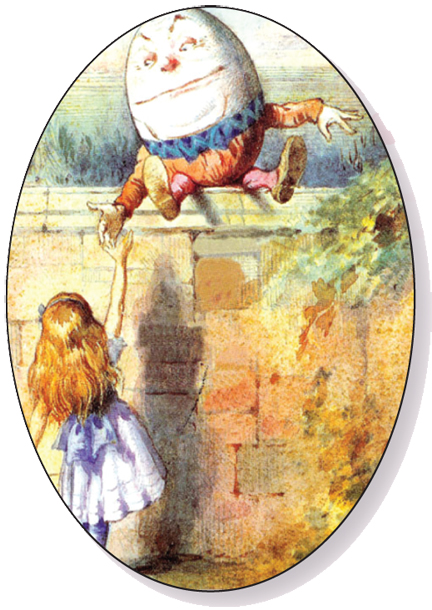Editor’s note: This is Part Two of the summer newsletter article, Nursery Rhymes Can Play a Role.
By Prof. Dr. Henny Bijleveld
Université Libre de Bruxelles, Dept. of Neurolinguistics
 Singing is an activity that many children love. When we sing together in a happy and confidence-building atmosphere, the brain reacts by secreting chemical substances known as neurotransmitters, dopamine and noradrenalin. These substances activate the hippocampus where working memory is located and that in turn influences other sub-cortical structures, the basal ganglia, which in turn activate our frontal lobe, thereby facilitating learning.
Singing is an activity that many children love. When we sing together in a happy and confidence-building atmosphere, the brain reacts by secreting chemical substances known as neurotransmitters, dopamine and noradrenalin. These substances activate the hippocampus where working memory is located and that in turn influences other sub-cortical structures, the basal ganglia, which in turn activate our frontal lobe, thereby facilitating learning. During singing, music and language work together. The words and the phonological processing in most cases activate the left hemisphere, Broca’s area, the left temporal and parietal lobes.
The melody and the pitch are generally processed by the right hemispheric regions, right prefrontal, superior temporal lobe. In this way, the left and right hemispheres collaborate in order to produce fluent speech production. The subtle variations in tone, timing, pitch and accent are learned thanks to this “collaboration” of the two hemispheres.
In a study by Vannest et al. (2009, American Journal of Roentgenology, 192: 1190-1196), observing brain activity in children during passive listening to speech and non-speech sounds, “bilateral activity in auditory processing regions” was noted.
When one sings, the sung intonations increase stress and duration elements and amplify normal speech contours. In this way, the melodic speech - rhymes being sung - resembles the way parents speak to a baby. And it seems that this way of speaking in this specific melodic rhythm creates the basis for the understanding and acquisition of language.
Learning is facilitated when phrase structure and musical structure coincide in the rhythm of stressed and unstressed syllables, thereby enhancing fluent speech. This reminds us of the words of Van Riper (1987), “music serves as a carrier for communication.”
From the Fall 2013 Newsletter






 Podcast
Podcast Sign Up
Sign Up Virtual Learning
Virtual Learning Online CEUs
Online CEUs Streaming Video Library
Streaming Video Library